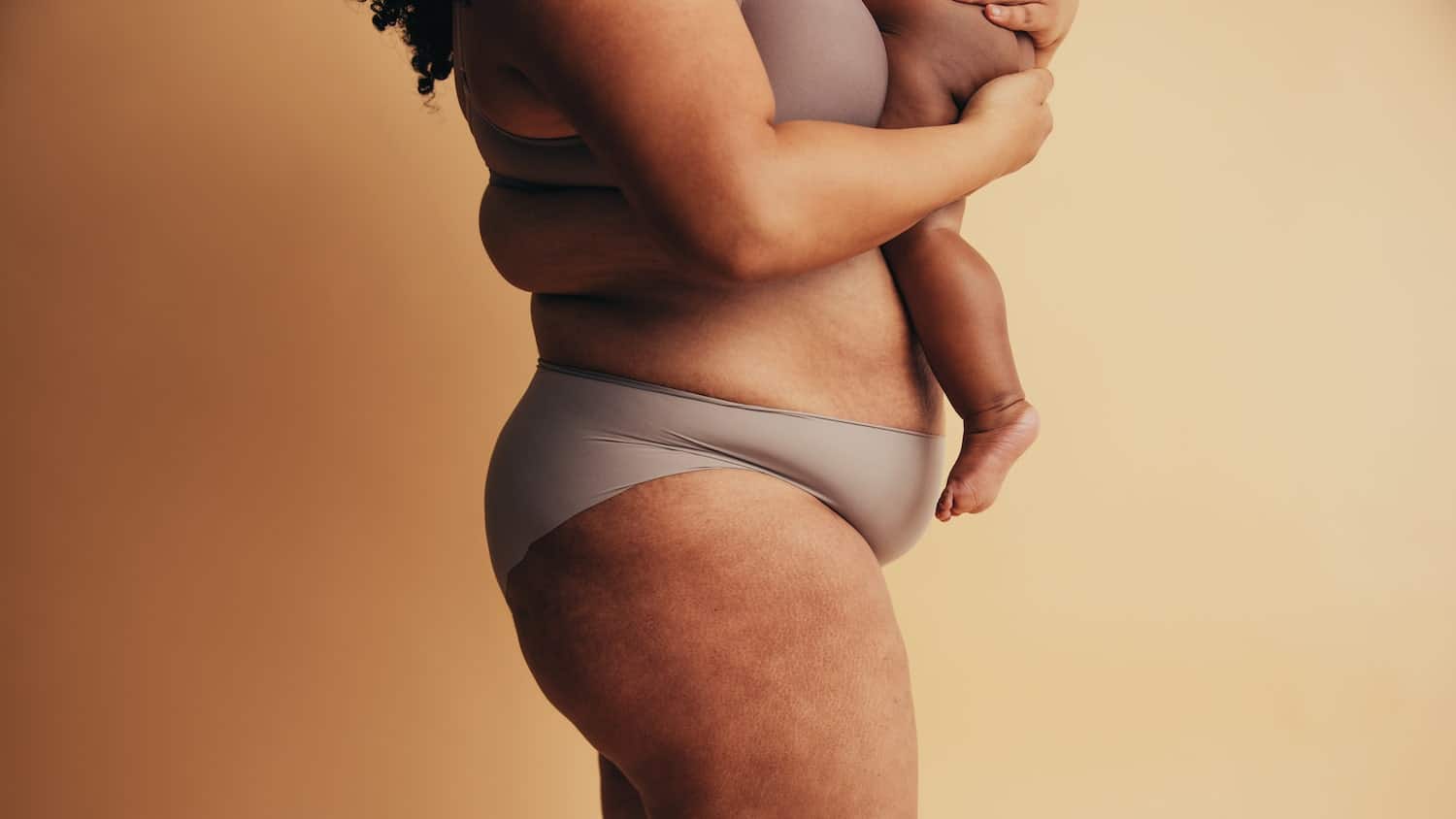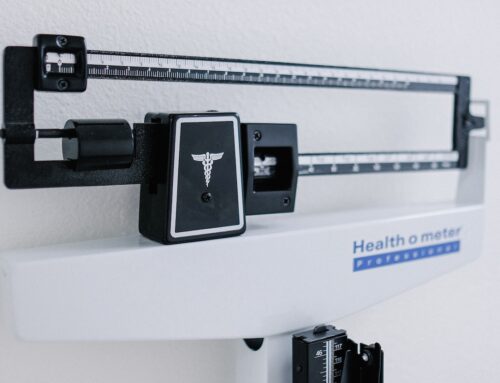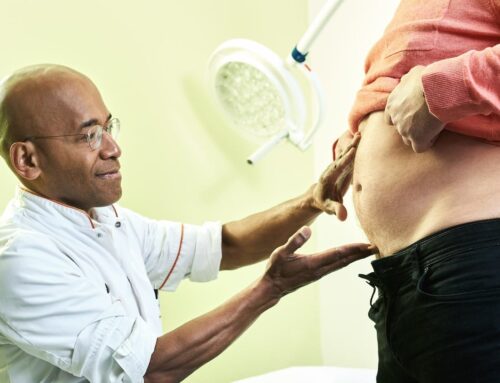Diastasis surgery: flabby abdomen after pregnancy
During pregnancy, the size of your belly has increased considerably. The uterus grows, organs make way, your abdominal muscles slide to the side and your skin is also stretched considerably. The chances of your belly looking the same as it did before you were pregnant are often slim. Remaining flabby is a common complaint. This can be due to stretched skin (stretch marks), but also because your abdominal muscles do not return to their original place (diastasis). Plastic surgeon Xavier Keuter is happy to explain more about diastasis surgery.
What is a diastasis?
In the middle of your abdomen run the straight abdominal muscles. During pregnancy, these straight abdominal muscles make way for the baby. They slide to the side (one on the left and the other on the right) so your baby has all the room he needs to grow. When these straight abdominal muscles are apart, it is officially called Rectus Diastasis. Thus, every woman develops diastasis during her pregnancy. After childbirth, the straight abdominal muscles need time to return to their original place. This can take months. In some cases, the muscle that connects the two straight abdominal muscles is stretched to the point that they never close and thus the diastasis is permanent. Some women have a small diastasis of 1 to 2 cm, but sometimes the space between the muscles is as much as 16 cm.

My belly remains convex
Because of the diastasis, there is a kind of “hole” in your abdomen. Previously, the straight abdominal muscles held your intestines (your intestines and organs) in place, but diastasis causes them to bulge. They no longer receive back pressure from the abdominal muscles, making your belly look/become convex.
Diastasis surgery
When exercises and physical therapy do not help treat the diastasis, surgery is the only option to bring the abdominal muscles back together. Especially in women who have severe diastasis of more than 10 cm, this is often the case. Diastasis surgery aims to bring the two straight abdominal muscles back together. This is done through firm adhesion. There are also techniques using a mat, but firm adhesion is preferred.
To access the abdominal muscles, the abdominal skin is first opened using the same technique as a tummy tuck. Diastasis surgery is actually the same as a tummy tuck, which also directly removes sagging skin and fatty tissue. During the tummy tuck with diastasis treatment, the abdominal muscles are also firmly sutured together. This suture ensures that the abdominal muscles stay together and gives the body enough time to build a new layer of support.
Rectus diastasis by keyhole surgery
“There are also techniques where a tunnel is made over the straight abdominal muscles via keyhole surgery and then only the rectus diastasis is fixed. However it is rarely the case that there is no skin and/or fat surplus and there is a rectus diastasis. So I would always combine it,” said plastic surgeon Xavier Keuter.
Where does the scar come from?
Diastasis surgery is the same as a tummy tuck including muscle correction. In most cases, the scar appears crescent-shaped at the bottom of the abdomen. Usually so low that it falls within your underwear. Women who have previously given birth by cesarean section naturally already have a scar. During the consultation, the plastic surgeon can see how the diastasis will be remedied. Of course, you won’t get two scars, but we will either lengthen the existing scar from the cesarean section or see if we can make the scar lower.
Recovery after diastasis surgery
Recovery is consistent with the tummy tuck and a minimum of 6 weeks. Very importantly, women should not do heavy lifting for the first six weeks. So this includes lifting and carrying small children. This is important to consider when considering diastasis surgery.
In addition, we recommend wearing a support suit or corset in the first 6 weeks after surgery.
Read all about recovery after a tummy tuck here.
Is diastasis surgery reimbursed?
A tummy tuck is rarely covered by health insurance. Only when there is mutilation or a medical necessity can you be reimbursed for a tummy tuck. Diastasis surgery is never covered by health insurance companies, so you have to pay for it yourself.
Are you considering a tummy tuck to fix your diastasis? Schedule a consultation with the plastic surgeon to discuss your options.








